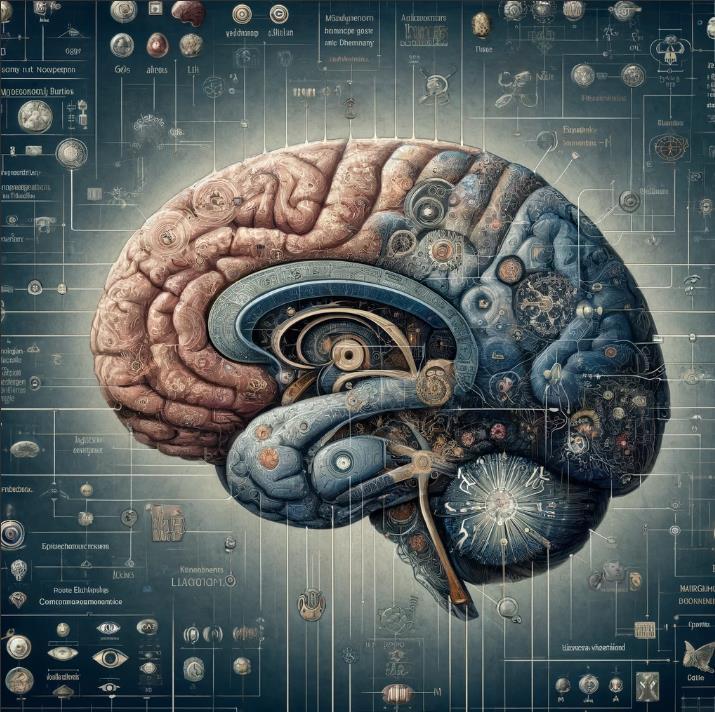
Large Language Models and ChatGPT: What They Are and What They Are Not

 Walid S. Saba, PhD Institute forExperientialAI Northeastern University
Image Created by ChatGPT
Walid S. Saba, PhD Institute forExperientialAI Northeastern University
Image Created by ChatGPT







AGI is near






2

but there are calls to tone down the hype

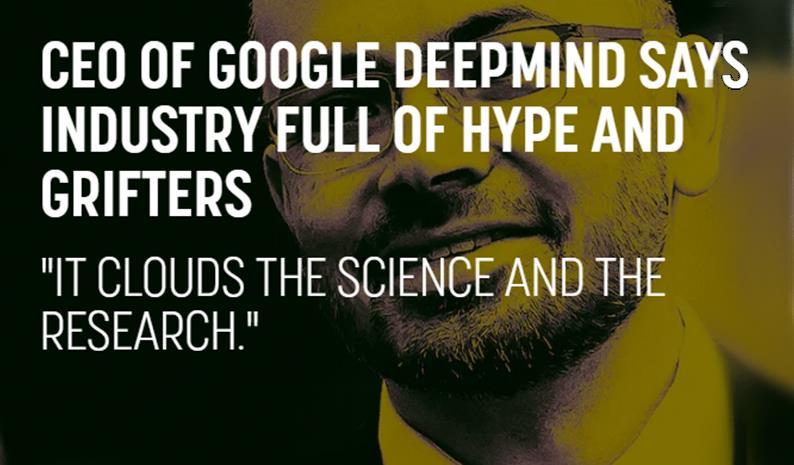


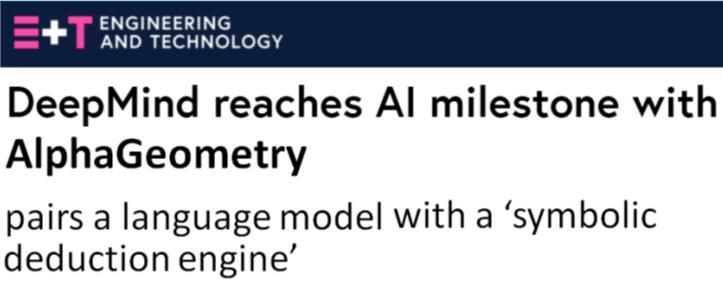
But maybe all that happened is this …
We have …
Enormous computing power
Abundance of big data
) We were able to do analytics at enormous scale and find useful patterns in data
But we do not have any human-like understanding and reasoning
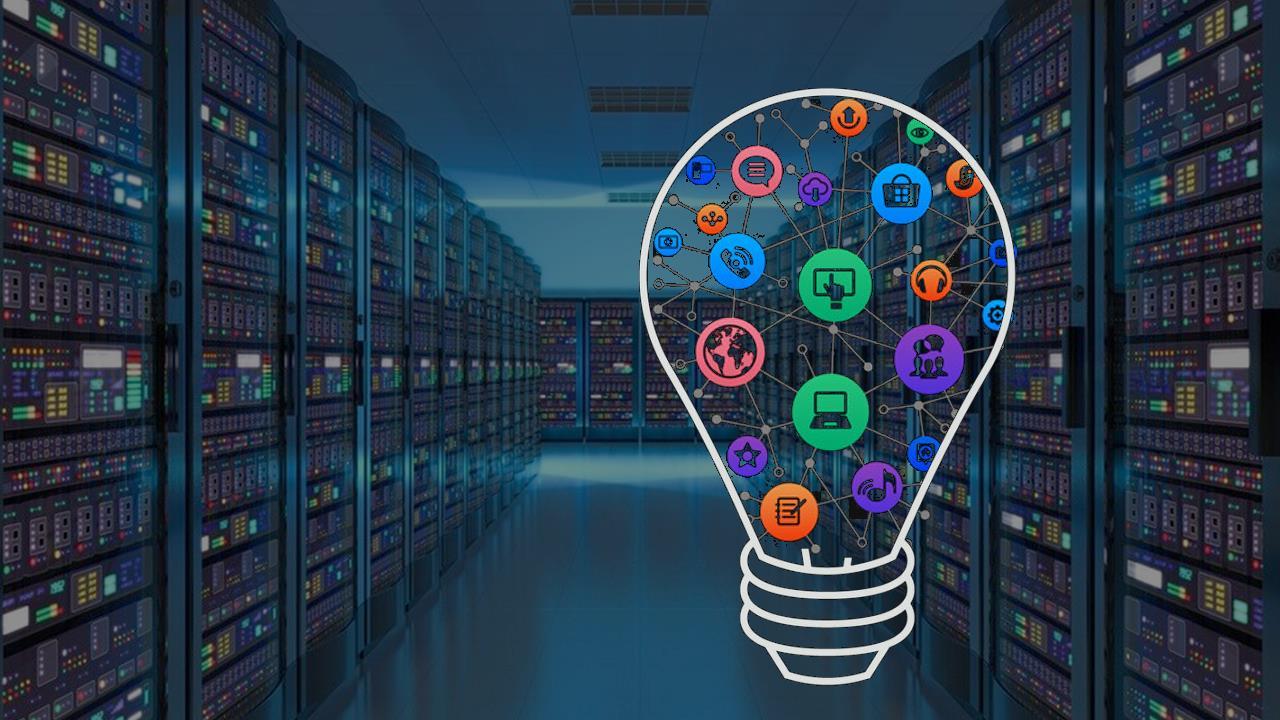
3



And we (definitely) do not have to fear a superintelligent AI



4
Outline
DISTANT PAST
RECENT PAST
Language understanding: a brief history of time
Top-down vs. bottom-up (theory-driven vs. data-driven)
PRESENT
The age of big data and large language models
LLMs and GPT: what exactly happenedin AI?
Practical applications of LLMs
FUTURE
Issues with LLMs : Hallucinations,Bias/Toxicity, Explainability
Do LLMs really understand language?
The road ahead : what is next in languageunderstanding

9
A Brief History of Time 10
INFORMATION-THEORETIC
ONTOLOGIES, SEMANTIC NETWORKS
LOGICAL SEMANTICS
GOFAI

STATISTICAL / EMPIRICAL
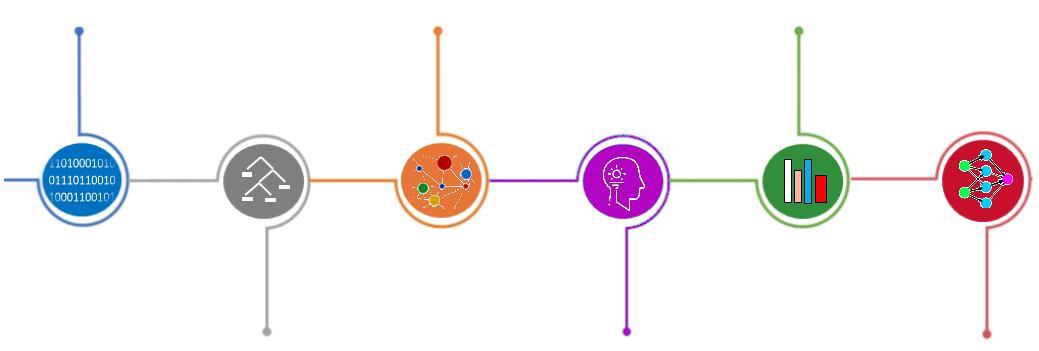
SYNTAX/GRAMMAR-BASED
COGNITIVE LINGUISTICS
ONTOLOGIES, LOGIC

2010’s – present
NEURAL NETS/DL
1940’s – 1950’s
1960’s – 1970’s
1970’s – 1980’s
1980’s – 1990’s
1990’s – 2010’s
FRAMES,CDS
A Brief History of Time
Throughout its history AI has teetered back and forth between
rationalism and empiricism
top-down
bottom-up

theory-driven data-driven
deduction induction
logic statistics
11
Top-Down (theory-driven) vs. Bottom-Up (data-driven)

TOP-DOWN (theory-driven) approaches start with a theory and then try to produce observations that validate that theory
BOTTOM-UP (data-driven) approaches begin by collating observations in the real world and trying to construct a theory from them
12
Top-down (rationalism) vs. Bottom-up (empiricism)


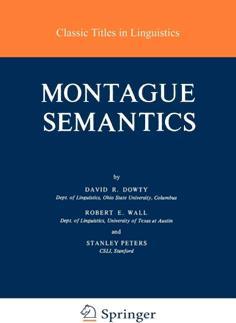


For decadesmost NLP work was inspired by generative linguistics, psycholinguistics, cognitive linguistics, and/or logicalsemantics (Chomsky, Pinker, Lakoff, Montague, Jackendoff, Fodor)
But fortop-downapproaches to work we must have some generally agreed upon principlesto start from, while most of the above theories/modelswere based on questionable assumptions
It is no surprise then that decadesof top-downwork in NLP failed to deliverwhile a fewyears of bottomup work made significantprogress
13
The Take Over of Empiricism
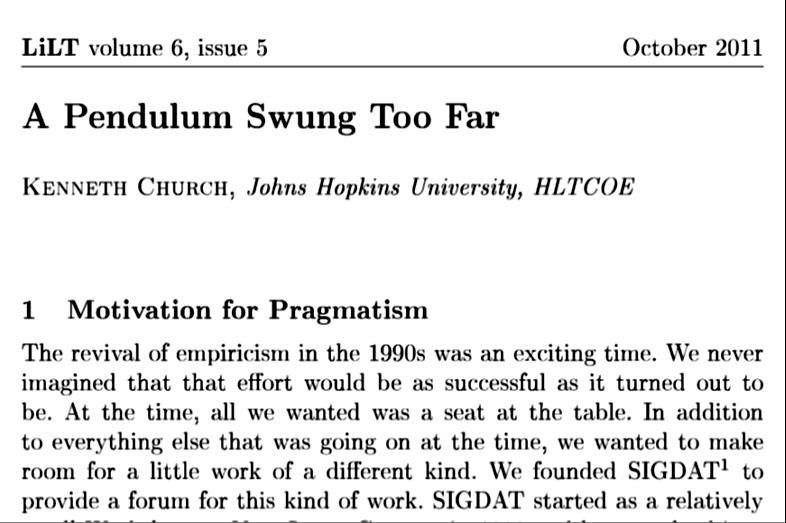
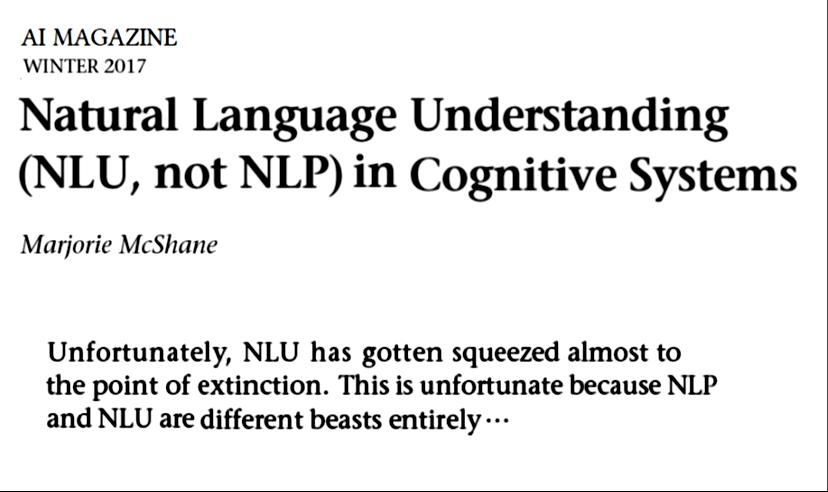
“
14
In the Beginning there were Embeddings
Empirical methods provided a solution to the symbol grounding problem
M(word) → Vector of Real Numbers
The Distributional Semantics Hypothesis
• to know a word is to know the company it keeps (Firth)
• similarity in meaning is similarity in linguistic distribution (Harris)
vector(king) - vector(man) + vector(woman)
= vector(queen)
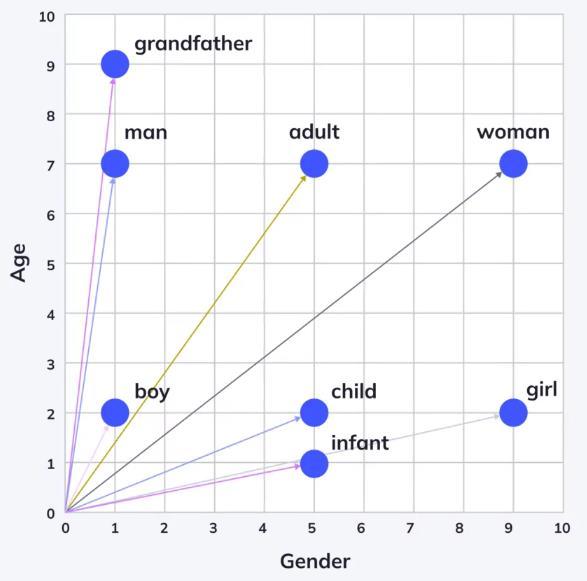
15
In the Beginning there were Embeddings





Encode position of word in context and encode information of a wider attention window
https://writings.stephenwolfram.com/2023/02/what-is-chatgpt-doing-and-why-does-it-work/
https://machinelearningmastery.com/a-gentle-introduction-to-positional-encoding-in-transformer-models-part-1/
16
Computations in DNNs are not Explainable

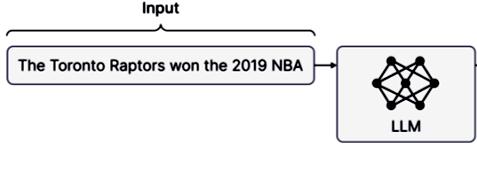
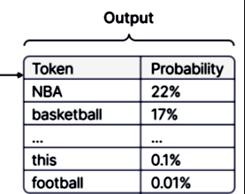
By recursively‘predicting’ the next token, LLMs can complete any conversation with syntactically and semantically coherent language
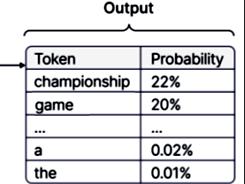
The next token is not always the one with the absolute highest probability: some randomness is added to simulate ‘creativity’.
17
bottom-up
reverse engineering of language at scale
ingested a corpus with a trillion+ words
10,000,000 books
2000+ people living until 80 GPT child will speak when 160,000 yrs. old



SAM ALTMAN CEO, OpenAI “ “
further progress will not come from making models bigger
the economics of scale have turned against the ‘bigger is better’ approach

A very good paper that surveysvarious LLMs, their history, applications, limitations, challenges, etc.
20
LLMs can be used in many downstream tasks
from transformers import BertModel, LlamaModel
from transformers import pipeline
smp = pipeline(task ="summarization", model ="facebook/bart-large-cnn")
qap = pipeline(task="question-answering", model="deepset/roberta-base-squad2")
tgp = pipeline(task ="text-generation", model ='gpt2’)
fmp = pipeline(task ="fill-mask", model ="bert-large-uncased-word-masking")
res1 = qap(question = 'where was Liz Taylor born?', context = <some relevant content … >)
=> ‘London, England’
res2 = fmp(‘this is a very [MASK] book', top_k=3)
=> [(famous, 0.82), (popular, 0.76), (controversial, 0.68)]
21
LLMs can be used in many downstream tasks



As a resourcethat has harvestedmost content that humanityhas created, LLMs can be used effectivelyin manytasks

22
LLMs can be used in many downstream tasks
semantic search
o promptengineering
o RAG(retrieval augmented generation)
o finetunning
o retrain from scratch


23
Present: Theoretical Issues with LLMs

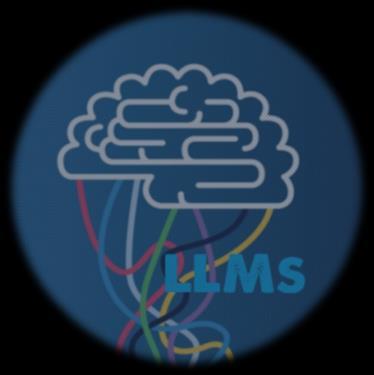



LLMs are not language ‘models’
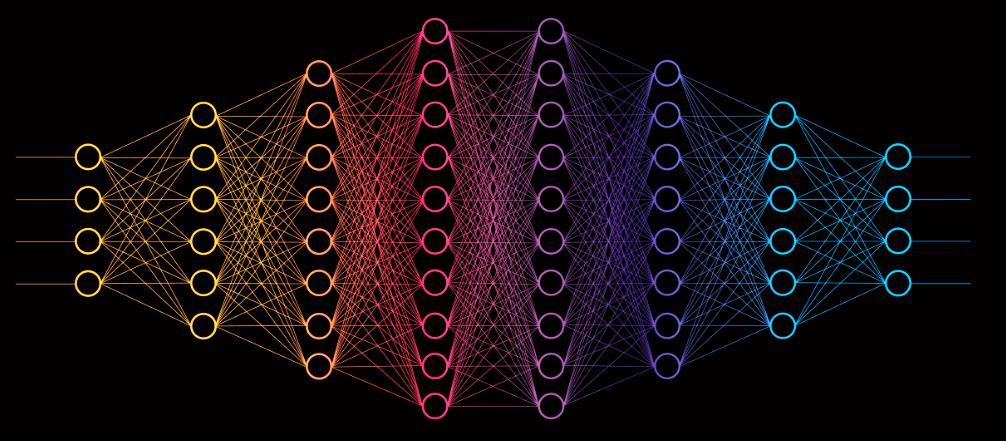
We will never see a theory/model of language inside.
What we will see inside are exactly the same things we will see in a NN that does image recognition or any other task. The logic of a NN is in the weights!
Similarity is not Enough !!!
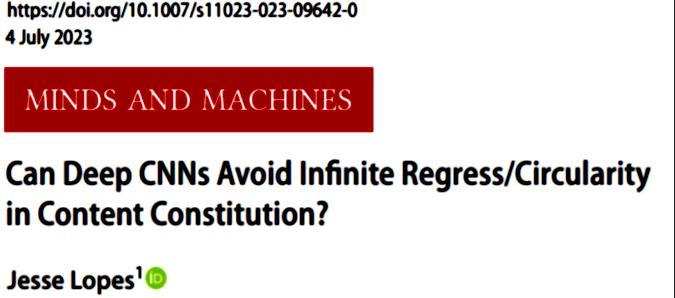
MINDS ANDMACHINES

26
Infinite Objects Cannot be Approximated
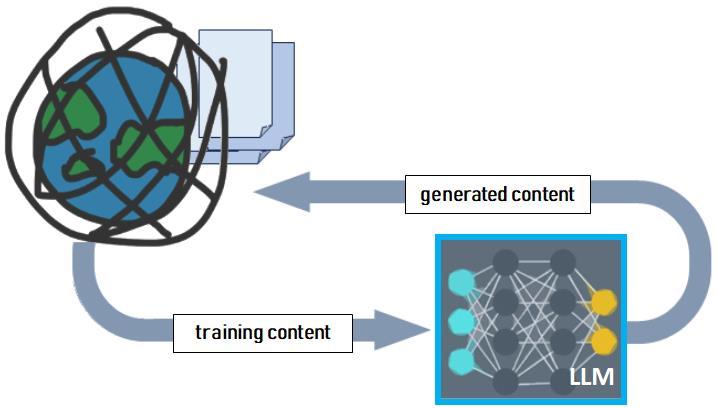
LLMs cannot encode all of language, and thus no matter howmuch data they ingest they will not escape Chomsky’s Poverty of the Stimulus: Languageis an infinite set
research: if LLMs ingest their own generated text, then (i) theLLM will start focusing on very specific patterns; and (ii)the pool of factual information will keep decreasing
model collapse
27
Computations in DNNs are not Explainable


Compositional computation in subsymbolic systems(e.g., DNNs) is not invertible. The decomposition of 12 into its original components is undecidable in (a), unlike in symbolic systems where there are structures that‘save’the semantic map of the computation (b).
28
Computations in DNNs are not Explainable
Structured, Symbolic Distributed, Subsymbolic

holding(S10+S11, S7)
can-be-removed(S4)
holding(?, ?)
can-be-removed(?)
S1 S5 S10 S6 S9
29
Data-Driven, not Fact-Driven
Truthfulness/Ground Truth
For LLMs all ingested text (factual and non-factual) was created equal Solutions are just hacks: e.g., finetuning, RAG
Bias, Toxic language
Hallucination (?)
none of these issues is fixable within the DNN subsymbolic paradigm
none of these issues is fixable within the DNN subsymbolic paradigm
LLMs will always be susceptible to bias/toxicity in their training data
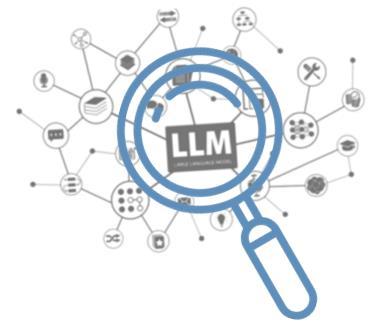
Statistics can only approximate semantics
30
Present: No Reasoning Capabilities in LLMs







No Reasoning over States of Affairs
can-pickup(b) if clear(b) and arm-free()
clear(b) if not ontop(b, x)
put-on-top(b, x) if holding(b) and clear(x) ...
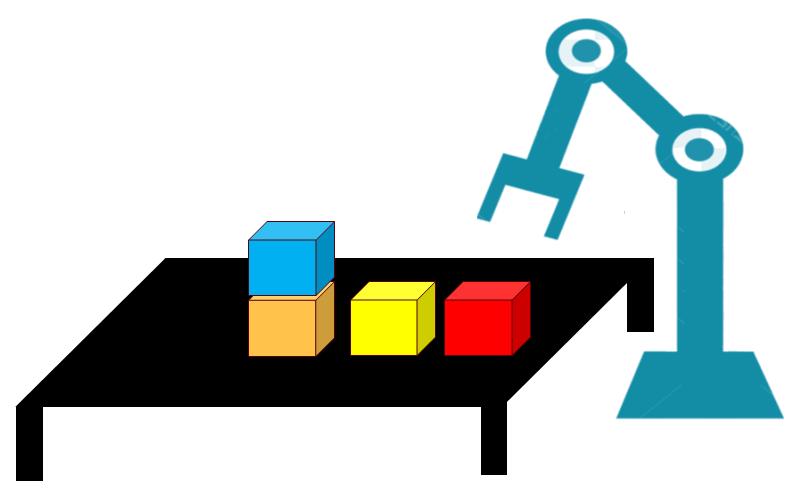
INITIAL STATE GOAL STATE

Only about 30% of the plans that LLMs generate are actually executable without errors and reach their goals. (Valmeekam, et. al, 2023)
32


This type of AI cannot handle the Frame Problem in AI, a problem John McCarthy and Patrick Hayes discovered back in 1969.

LLMs fail with complex scopings
Not in the car. You ChatGPT
If John objected to the statement that 'Steve'sbaseball glove is not in the car’. Then where does John think Steve's baseball glove is?
not (Steve's baseball glove is not (in the car ))
Transformers are unable to model the meaning of negation … these models’ inabilities might not be a consequence of their transformer architectures, but rather may result from the (lack of) structure (Sullivan, M., 2024)
34
LLMs cannot do analogical reasoning


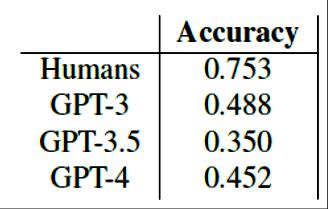
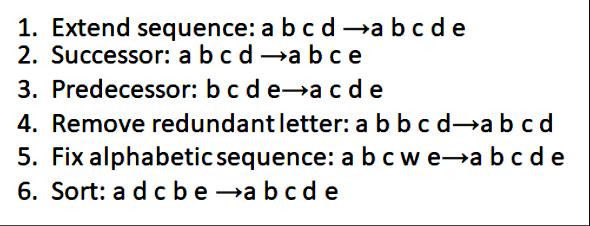
35





Present: Do LLMs Really Understand Language?
Computations in DNNs are not Explainable
“understanding” can be thought of as a mapping from one representation to another
Java to Python SQL to SPARQL json to XML RDF to OWL etc.

Convert unstructured content into formal structures (KG or RDB)

formal to informal from formal from informal to
Answer NL questions posed to a relational structure (RDB or KG)
Express information in relational structures (KG or RDB) in natural language



Search Summarization
Sentiment Analysis
Topic Modeling
Data Extraction Translation etc.


Currently most benchmarks are based on evaluating LLMs on these subjective tasks that cannot be objectively evaluated
37
Computations in DNNs are not Explainable


The term ‘newspaper’ is used here to refer to two types: the physical object which is the newspaper I threw away and the organization that fired the columnist.
38 WS
LLMs cannot identify copredication
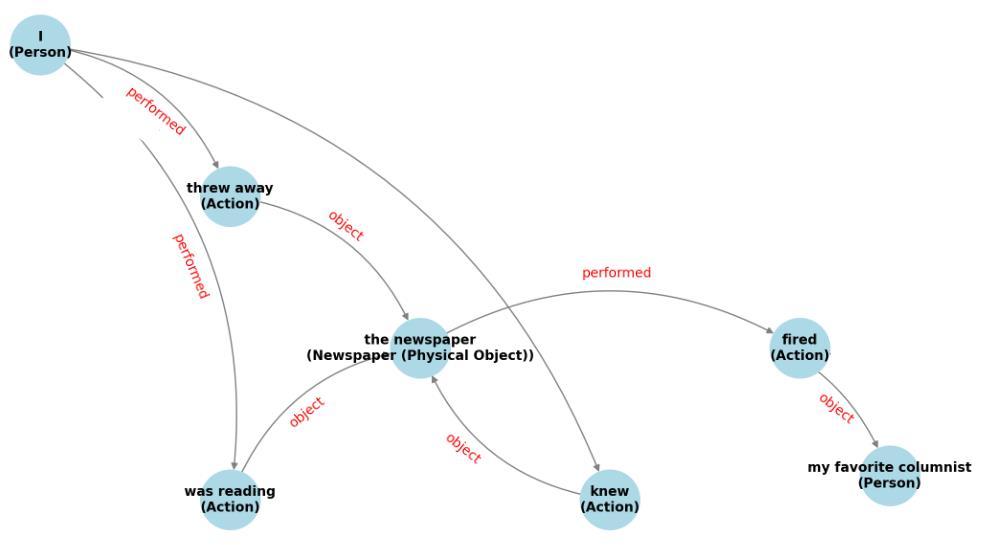
Either the physical newspaper fired the columnist, or the newspaper organization is what I threw away, and both are wrong: the problem is that GPT4 cannot infer we are using ‘newspaper’ to refer to two distinct objects at the same time !
39
LLMs cannot identify copredication

A geographic location is not what won over real Madrid and a geographic location is not what was celebrating the victory and is not what will be voting for independence.
40
Non-trivial PP attachments

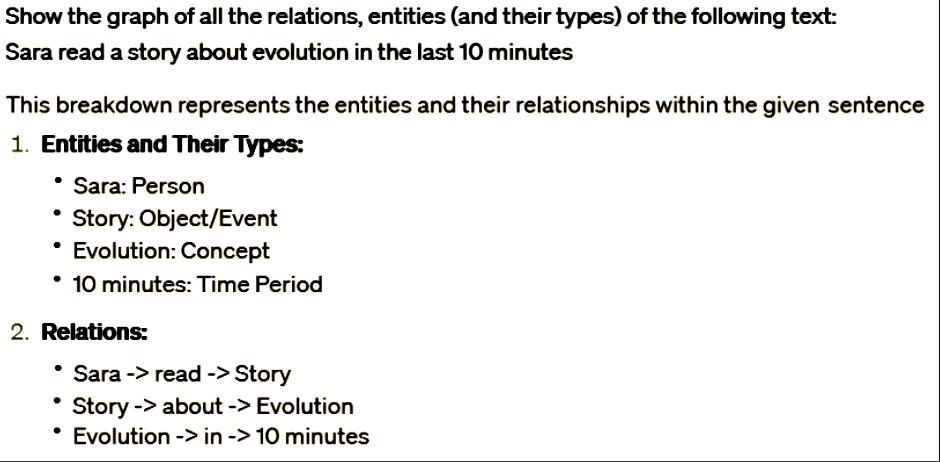
Lacking any commonsense knowledge GPT-4 follows the surface syntactic structure and wrongly assigns the attachment of ‘in 10 minutes’to evolution while ‘10 minutes should attach to ‘reading’describing the period of the reading.
WS
41
LLMs cannot handle intensions





Even though Paris is the capital of France, Mary did not “tell her friends she wants to visit the largest city in France”.
Even though Madrid is the capitalof Spain, the conclusion“John thinks Madrid was not always Madrid”is nonsensical.
42 WS WS
LLMs fail with many anaphora and scope resolutions
WS


Obviously, John read his own thesis (that he presumably wrote) and it is his advisor that is speaking of reading the thesis.
WS


We should read the sentence here by reversing the scope of the quantifiers: ‘In every civil war, a journalist from the BBC is always present’.
43
LLMs cannot do ‘plausible’ (abductive) reasoning


A 5-year-old knows that it is more plausible for Sara to read a book while going home by train, while the other options are not plausible.
WS
44
LLMs cannot do ‘plausible’ (abductive) reasoning
LLMs have clearly proven that one can get a handle on syntax and quite a bit of semantics by a bottom-up reverse engineering of language at scale


There are many uses where LLMs can be effectively used to provide solutions to practical problems


But LLMs are not the path to AGI
LLMs are unexplainable, will always contain bias/toxicity, do not truly understand language and often fail to make the correct inferences
bottom-up symbolic reverse engineering of language
)
45
Future: Apply the Successful Bottom-Up Reverse Engineering Strategy in a Symbolic Setting?
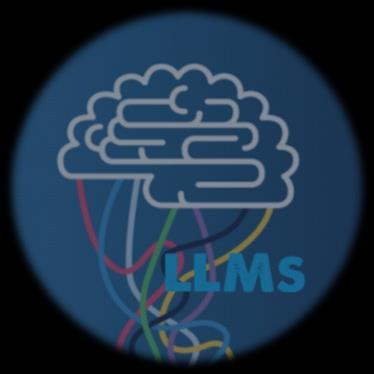



Re-interpreting ‘the company a word keeps’
 J.R.Firth (1957)
J.R.Firth (1957)
but this is not new at all !

we must never try to define the meaning of a word in isolation… [but] relate the sense of a word to the senses of all the sentences in which the word can appear.
GottlobFrege (1884)
“
47
Bottom-up reverse engineering of language
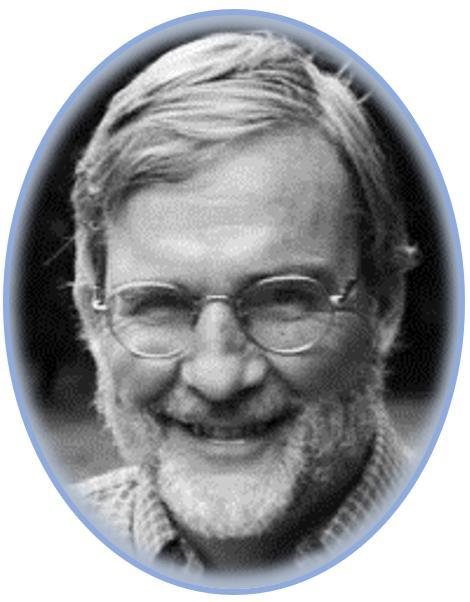

Ontological Promiscuity OR
JERRY HOBBS (1985)
48
Bottom-up reverse engineering of language

weknowanyobjectthroughthepredicatesthat wecansayorthinkofit
IMMANUEL KANT




wordsgetstheirmeaningsfromanalyzingallthe contextsinwhichtheycanappear
GOTTLOB FREGE
twoobjectsareofthesametypeiftheycan sensiblybepredicatedofthesameset
FRED SOMMERS
tobea concept,istobelockedtoa propertyin thelanguageofthought
JERRY FODOR
delicious (x)
k operating (y)
tasty (x)
k manufacture (y)
overcooked (x)
idle (y)
spicy (x)
k installed (y)
flavorful (x)
operational (y)
k
on/off (y)
ate (x)
k devour (x)
k monitoring (y)
mouthwatering (x)
efficient (y)
...
...
49
Bottom-up reverse engineering of language
If it is sensible to describe x by delicious, healthy, spicy, tasty, nutritious, … then x must be an object of type food
[ app(delicious(x, 0.9))
^ app(spicy(x , 0.87))
^ app(tasty(x , 0.85))
^ app(healthy(x , 0.81))
^ app(nutritious(x , 0.81))
^ app(flavorful(x , 0.80)) … ]
¾ (x : food)
50
Bottom-up reverse engineering of language
‘The Prince' book has been [MASK] many people over the years.
Most people would enjoy [MASK] a good book.
influencing inspiring challenging entertaining fascinating convincing changing provoking stimulating
educational good interesting boring valuable abridged entertaining useful disturbing accurate book AgentOf book ObjectOf book HasProp
reading writing buying reviewing finding publishing
owning sharing purchasing
Everyone thinks this is a very [MASK] book.
My book is now in [MASK]. book GtProc
preparation
print review
circulation
progress
storage
production
use
publication
51
Bottom-up reverse engineering of language

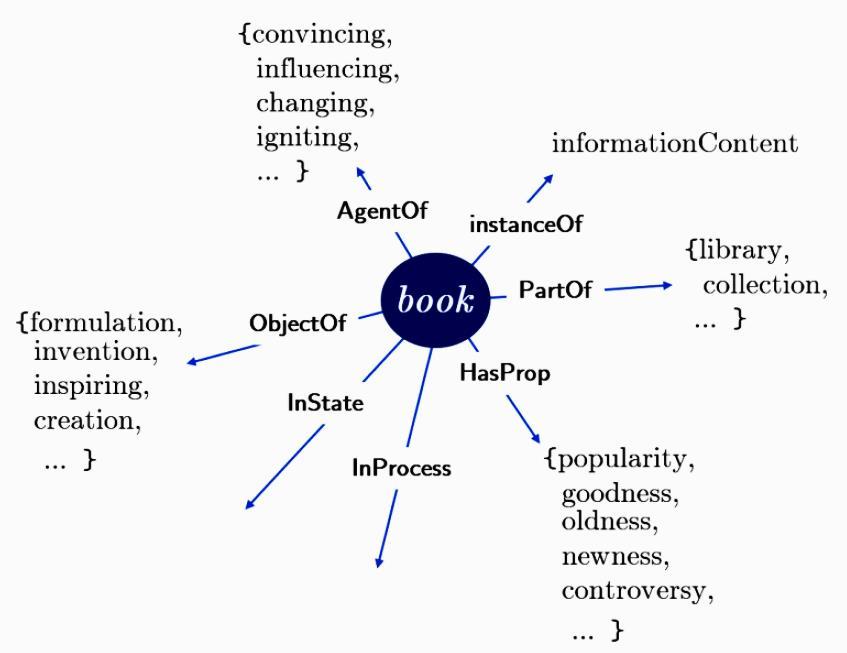
52
Bottom-up reverse engineering of language
Liz is famous
Liz is aging
Carlos is ill
Carlos is happy
Death is inevitable
Fame is desirable
Maria is admired
Maria is dancing
Hamlet is inspiring
ACME is acquired
MLK is Martin Luther King
e1 : person HasProp
e1 : person GtProc
e1 : person InState
e1 : person InState
e1 : state HasProp
e1 : property HasProp
e2 : fame
e2 : aging
e2 : illness
e2 : happiness
e2 : inevitability
e2 : desirability
e1 : person ObjectOf e2 : admiration
e1 : person AgentOf
e1 : book AgentOf
e1 : corporation
e2 : dancing
e2 : inspiration
ObjectOf e2 : acquisition
e1 : person IsEqual
e2 : entity
53
Bottom-up reverse engineering of language
Liz is famous
Liz is aging
Carlos is ill
Carlos is happy
Death is inevitable
Fame is desirable
Maria is admired
Maria is dancing
Hamlet is inspiring
ACME is acquired
language agnostic primitive relation
MLK is Martin Luther King
e1 : person HasProp
e1 : person GtProc
e1 : type1
e1 : person InState
e1 : person InState
e1 : state HasProp
R
e1 : property HasProp
e2 : fame
e2 : aging
e2 : illness
e2 : happiness
e2 : inevitability
e2 : desirability
e1 : person ObjectOf e2 : admiration
e1 : person AgentOf
e2 : dancing
e1 : book AgentOf e2 : inspiration
e2 : type2
e1 : corporation ObjectOf e2 : acquisition
e1 : person IsEqual
e2 : entity
54
Symbolic Embeddings
ObjectOf
s1 =Everyoneis[MASK]this N.
s2 =Theyarealways[MASK]some N. s3 =Hejustfinished[MASK]a N. s4 =Whoarethosethatwere[MASK]the N.
vector(N)=merge([s1, s2, s3, s4])
sim(‘automobile’,‘car’)=0.83
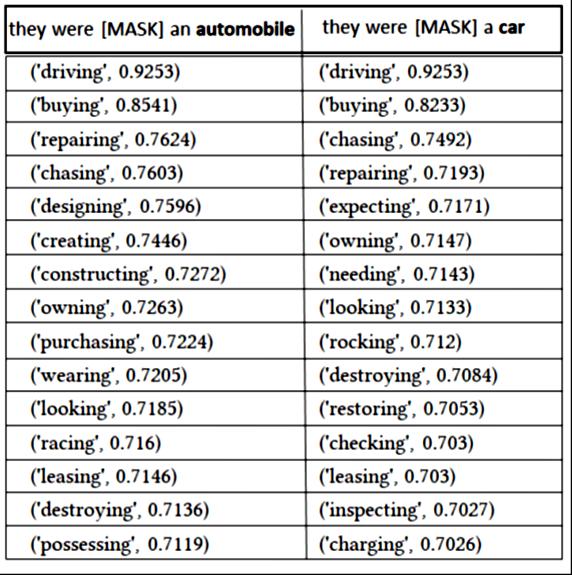
55
Symbolic Embeddings
HasProp
s1 =Everyonelikesavery[MASK] N.
s2 =There’savery[MASK]nearby.
s3 =Thatisavery[MASK] N.
s4 =This N isvery[MASK]indeed.
vector(N)=merge([s1, s2, s3, s4])
sim(‘boy’,‘lad’)=0.87

56
Uncovering a Universal Ontology?
make(x : human, x : car)
make(x : human, x : computer)
make(x : human, x : couch)
assemble(x : human, x : car)
assemble(x : human, x : computer)
assemble(x : human, x : couch)
) car, computer and couch must have a common supertype
artifact ?
machine?
operate(x : human, x : car)
operate(x : human, x : computer)
off(x : car)
off(x : computer)
) car and computer must split from couch at some point
car computer couch
57
A language agnostic meaning representation?
Jon bought an expensive laptop
buying :: activity
AgentOf Jon :: person
ObjectOf laptop :: device HasProp
expensiveness :: property

58
concluding remarks

LLMsarethebyproductof a successful,massive,bottom-up reverseengineeringoflanguageatscale
LLMscanbe usefulas assistantsincontentcreation,semantic search,basicquestion-answering,summarization,etc.
LLMsdonot‘truly’understandlanguageandtheyarenotthe pathto AGI
We canapplythe bottom-upreverseengineeringstrategyina symbolicsetting,leadingto explainable,bias/toxicfree,and language-agnosticNLU
59



Large Language Models and ChatGPT: What They Are and What They Are Not
Walid
S. Saba, PhD Institute forExperientialAI Northeastern University
Image Created by ChatGPT


 Walid S. Saba, PhD Institute forExperientialAI Northeastern University
Image Created by ChatGPT
Walid S. Saba, PhD Institute forExperientialAI Northeastern University
Image Created by ChatGPT





































































































 J.R.Firth (1957)
J.R.Firth (1957)













